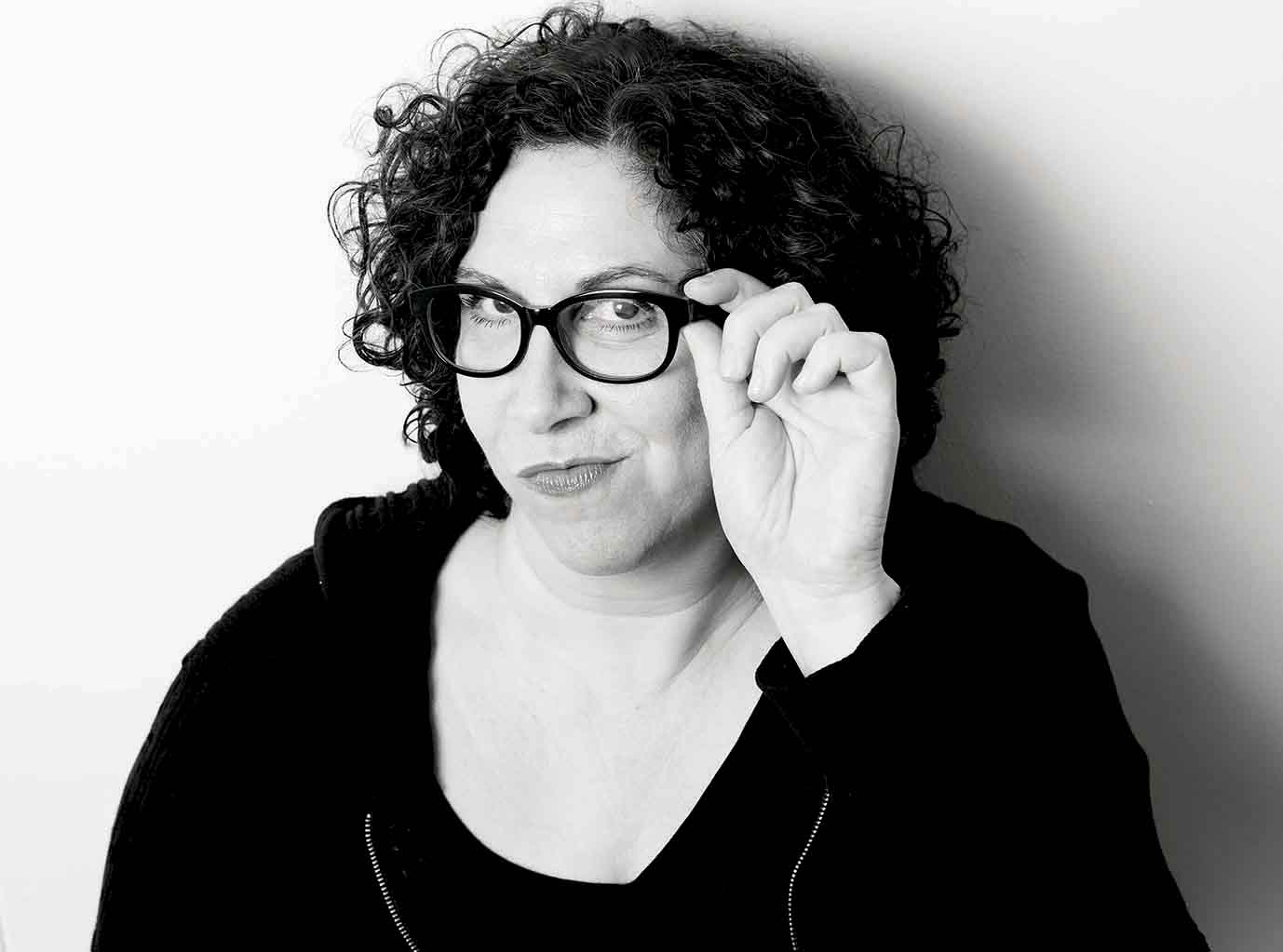Soaring above Barcelona’s cityscape, the Sagrada Família will be the world’s tallest church upon completion (estimated for 2026). This 130-year labour of love, dreamt up by Antoni Gaudí, is one of the world’s most controversial basilicas, but also one of the most visited. Three million tourists flock here each year to gawk at the architectural achievement that has brought nature, light and religion together into one stunning ensemble. The interior is like a giant jigsaw puzzle, with each new architect’s style blending into the rest of Gaudí’s visionary design. Three million visits a year for something that hasn't even been finished isn't bad at all.
Barcelona, baby! One of the most popular destinations on the planet, the centre of Catalan culture isn’t about to let that crown slip. The best attractions and places to visit in Barcelona are a celebration of this wonderful place. From the world-famous (the inimitable beauty of the Sagrada Familia) to the decidedly local (Benedictine monasteries, anyone?), Barcelona really does have it all. Yes, it can be a little vain from time to time, but you can’t really blame the place. Barcelona has enough to fill a lifetime, but these are the bucket list items for those on the clock. Don’t forget the appetite, because those restaurants are fire.
Recommended: Barcelona's best Airbnbs
Recommended: The best hotels in Barcelona




















































